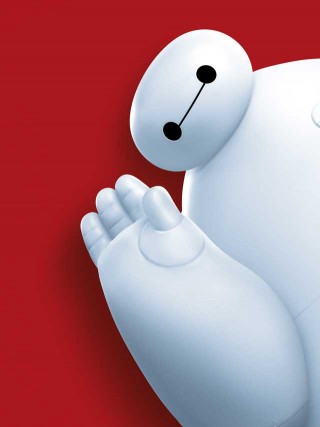Nicole Chuhak
 |
| Raising the Flag at Ground Zero |
This
week’s lesson was all about how art and technology influence one another. Technology
has influenced all different types of art, but robotics have played their own
unique part. Mass production of art has been one of the most prominent ways
that robotics have touched the art world, and not necessarily in the best ways.
Not only does mass producing a piece of art devalue it fiscally, but also
artistically (Murray).
As Walter Benjamin argues, the mass production
of pieces of art affects the aura of the work, and I agree with that sentiment
in some regards (Benjamin). Take for example, the photo on the right taken in September
2001 after the 9/11 attacks. The photo has been mass produced many times,
including as a stamp, but the aura of the photo will never carry that of the
original photograph taken that day in 2001 (Stamp). Yes, people will feel the
wide range of emotions associated with the September 11th events,
but any reproduction of that photograph will not carry the weight of the
original photograph that came from the piece of film present that day.
 |
| Disney's Baymax |
There
are a number of other robotic and art interactions but the most obvious is the
robots we all think of, with a general human shape made out of metal boxes and
tubes, and their interactions in our art in the form of movies. Robots have
been a part of cinematic history since the 1920s (“Movie Robots”). They are an
artistic tool used to symbolize the technology, and what can be done with it in
the future; in short they are a plot device most of the time. However, it has
been presented in this unit that the use of robotic in art has influenced the
robotic technology we have grown to know (Vesna). For example, we can see in
the comics, and more recent film, Big
Hero 6 the use of a robot to treat the ill. These thoughts have defiantly
been used by scientists to carry out their goals of health care robots. Other uses of robots in cinematic arts can be seen in the video below.
Sources:
Benjamin, Walter. The
Work of Art in the Age of Mechanical Reproduction. 1936.
Print.
"Movie Robots -
Illustrated History of Film Robots." Movie Robots - Illustrated History of Film Robots. Web. 17 Apr. 2015.
Murray, Roberta.
"Uncommon Depth." Uncommon Depth. Web. 17 Apr. 2015.
"Stamp to Honor
9/11 Heroes." ABC News. ABC News Network. Web. 17 Apr. 2015.
Vesna, Victoria.
"Robotics+Art." DESMA 9, Apr. 2015. Lecture
Nicole,
ReplyDeleteI thought your commentary on the 9/11 photographs was poignant and very fitting in terms of Benjamin's argument on reproduction taking away value from the original piece, something I also discussed in my blog post. Thinking about it now, though, I wonder if there are any measurable, convincing ways we could define the "aura" associated with the original piece, since this idea seems so subjective. How can we prove that a reproduction would not bring about the same memories or feelings evoked by the original? Anyway, I also liked your reference to Big Hero 6, a movie I am incredibly fond of. I think it was great that you brought up the healthcare industry and tied it into this week's topic, bridging the gaps between even more disciplines.
- Carla